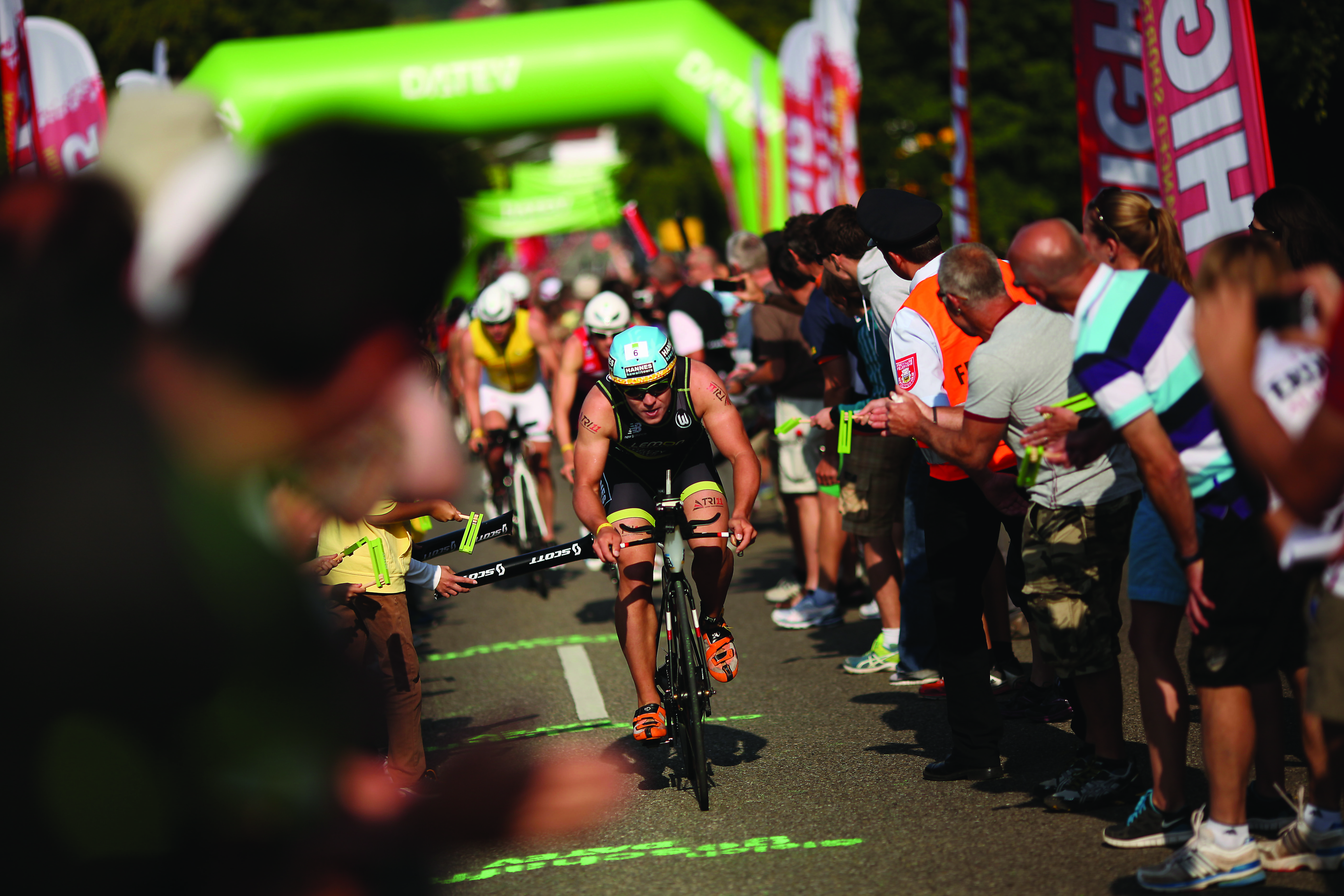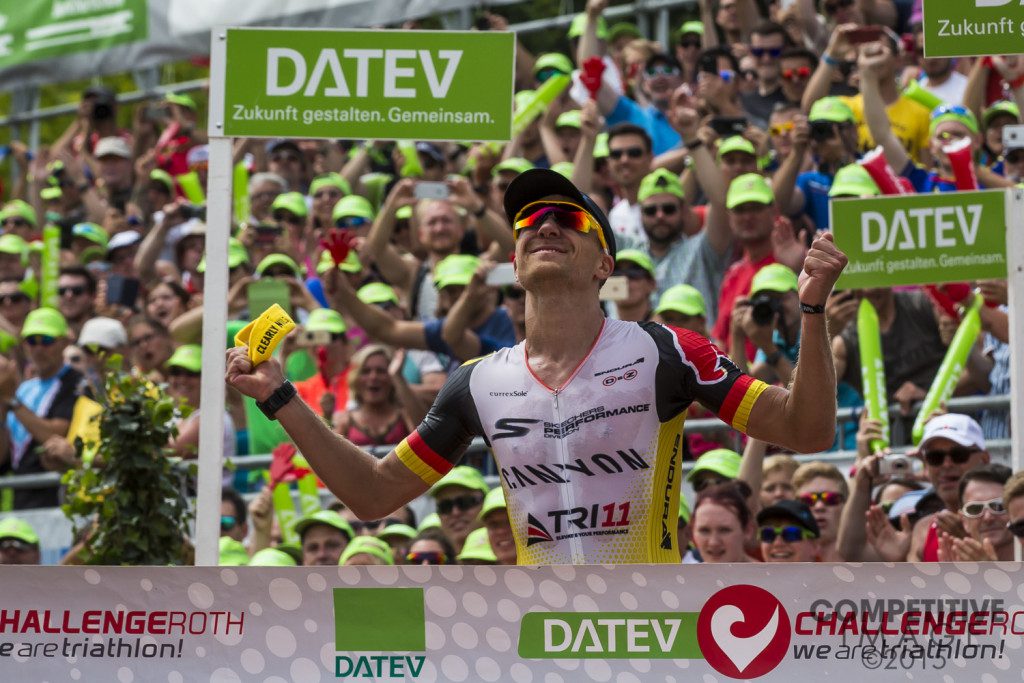Challenge Roth to add new measures against mechanical doping at this year’s race


In light of the “motor-doping” scandals in the cycling world recently, Challenge Family has decided to add new measures to counter mechanical cheating at their largest event, Datev Challenge Roth which takes place July 17th. Last month, Ironman also decided to take combative measures against motor-doping by partnering with the UCI and changing competition rules.
Challenge Roth’s competition referees have been already trained to watch out for motor-doping and at bike check-in, each individual bike now will be checked by a mechanic. On race day there will be stationary and mobile thermal imaging cameras along the course which will be used to identify any wheel modifications. Upon entering T2, each wheel will again undergo scrutiny by a thermal imaging camera.
“We don’t want to put anyone under suspicion,” says race organizer Felix Walchshöfer. “On the contrary, we want to protect our fair and honest athletes. We place huge importance on the sport of triathlon, and especially our event, staying clean. Through our comprehensive preventative measures, we will ensure there is no chance of cheating at Datev Challenge Roth.”
The race has also made some other changes to keep the standards of the race high and create the best possible experience for athletes.
New this year, the 20 swim start groups will be re-allocated. All athletes with expected finish times of under nine hours will make up the first two groups, with men and women starting 20 minutes apart respectively. This is meant to provide significant benefits for the female and also the slower age-group athletes by providing calmer water.
Additionally, race organizers found that last year’s introduction of “penalty kilometres” for drafting violations proved effective, cutting drafting violations by half from the previous year. New this year, the “penalty kilometres” will now be applied at the beginning of the marathon at the 1.5K mark. This is meant to provide more clarity on the final rankings and results in the final stages of the race.
